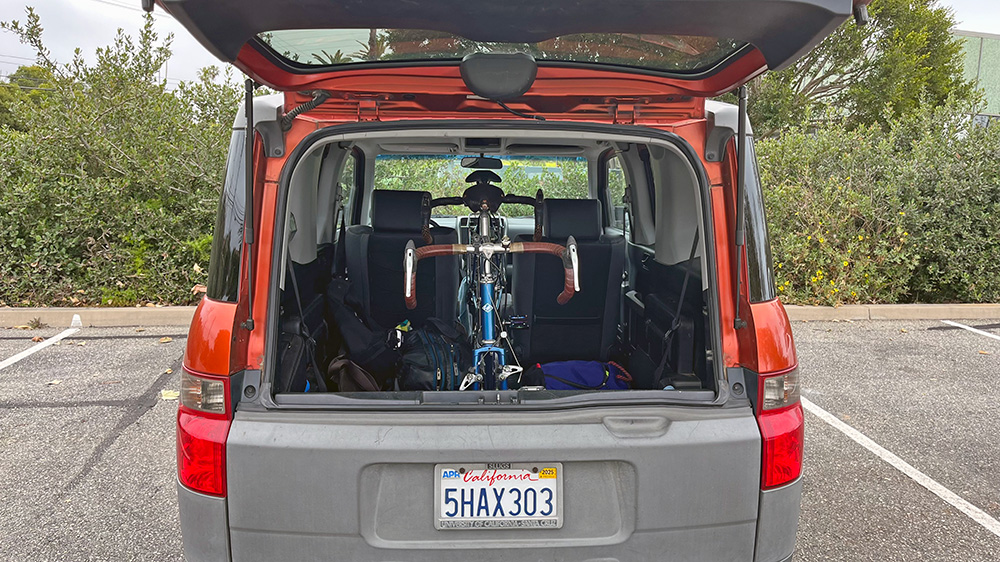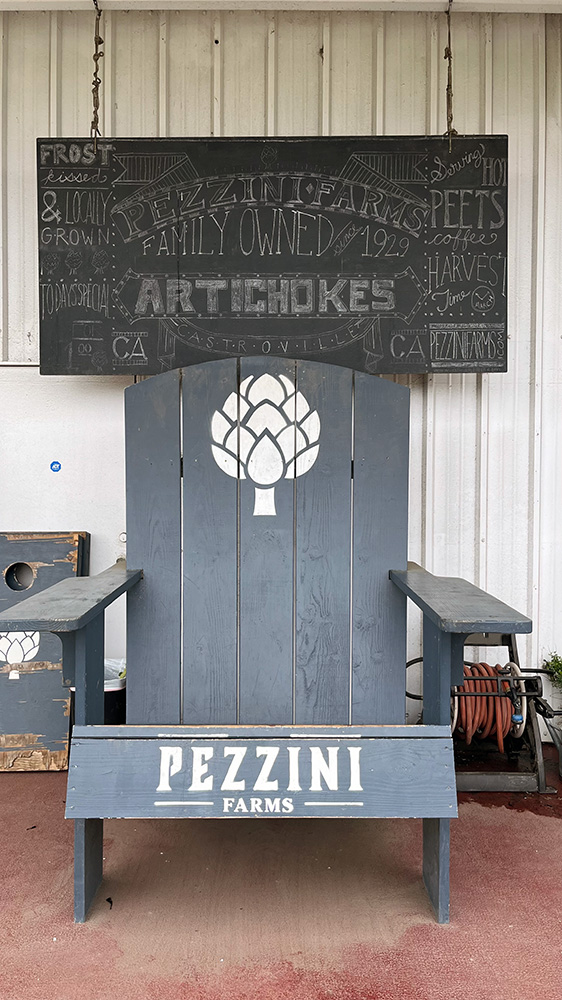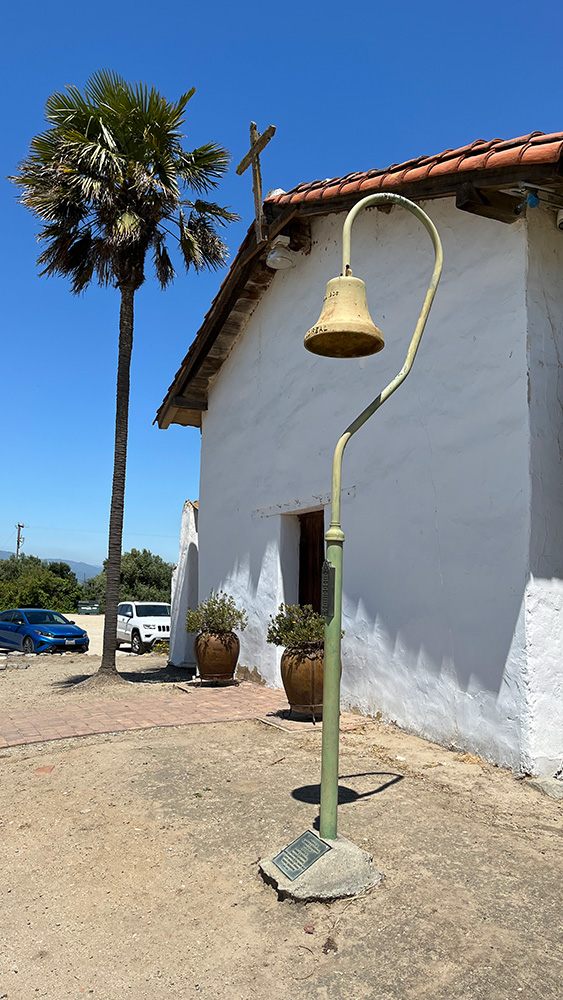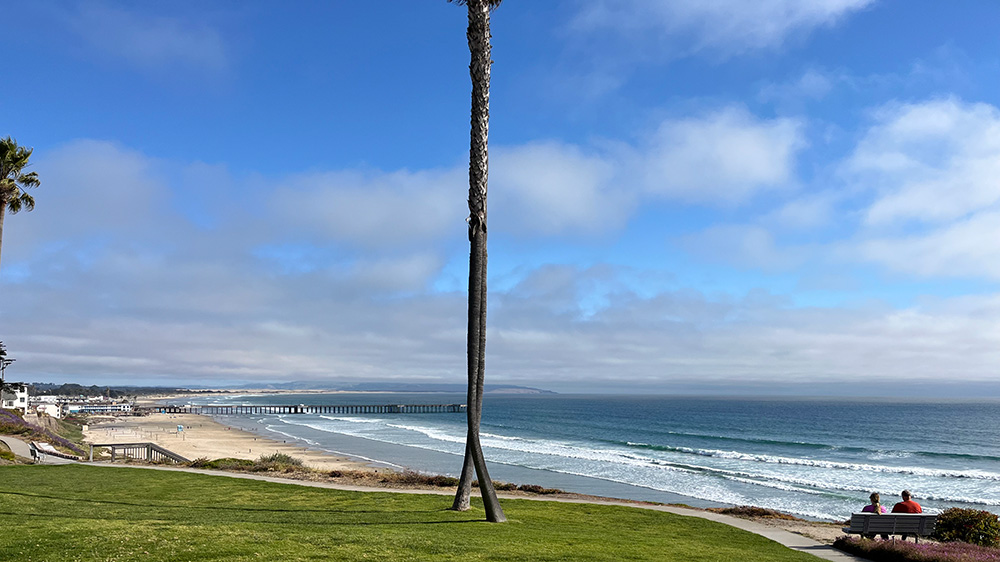
I’ve spent the past four days scouting the ALC course: Checking road conditions, confirming map cues, evaluating unofficial rest stops, and locating supplemental restrooms, food, and coffee. Admittedly, this exercise was probably unnecessary. But that’s how I do things. It’s not that I don’t like surprises. I just prefer to know as much as I can before I get there.

I operated much the same way when I taught sailing at OCSC, the sailing club on San Francisco Bay. Occasionally I would lead a weekend flotilla to a destination in the Bay Area, such as Benicia or Petaluma. I also taught Coastal Passagemaking, a multi-day course that sailed from Berkeley Marina to Santa Cruz and back. Before I led any of these excursions, I would drive to the marinas we were planning to stay at and scope out the facilities: check the approaches, note how narrow or wide the slipways were, locate alternate anchorages, look for landmarks to help guide us in. Again, totally unnecessary. Most of that information is on nautical charts. But a chart doesn’t tell you if they’re dredging the harbor mouth (as they often do in Santa Cruz), or how crowded the anchorage or guest dock might be. You can figure all that out when you get there, of course. But I felt better having a feel for it beforehand.

I kept in touch with Kathy while I drove the ALC, asking her questions about sections based on her past rides, giving her my impressions, offering small suggestions about riding strategies, how we might plan for variable conditions. It was as helpful to see it through her experience as it was for me to see first hand places she has often talked about.
I’ve ridden from Santa Cruz to LA twice, so I had an idea about the difficulty of the ALC. But after driving the course, I now have a whole new level of respect for how hard the ride is and how long each day is likely to be. My overall impression is that if I were designing a ride from San Francisco to Los Angeles for myself, or anyone I liked, it would look nothing like the ALC course. The first dozen or so miles are a baptism of fire: a thousand feet of climbing up Skyline Road followed by a steep drop to the coast at Pacifica. Even driving it I could feel the nervous energy of eager cyclists scrambling up the hills, dropping back on the long climbs, descending too quickly on the drizzly, damp roads. And after that start there’s still seventy miles and nearly 4,000 more feet of climbing to get to Santa Cruz the first day . . . only to be followed the next day by a 100+ mile ride to King City along a route that will start out cold and misty in Santa Cruz and likely as not become hot, dry, windy, and dusty as we ride inland toward Salinas and south to King City along the poorly-paved agricultural roads of the Salinas Valley.

And not to push an already sore point . . . but . . . for all the time I’ve put in training for this ride, I don’t think I’ve overtrained at all. I’m sill confident we can complete the ride. But man, it won’t be a cakewalk, that’s for sure.


Pingback: Day 1 – San Francisco to Santa Cruz – Two for the Road